Time Period: Early Twentieth Century (1901 - 1940)
Lewis, Charles (Lynching of)
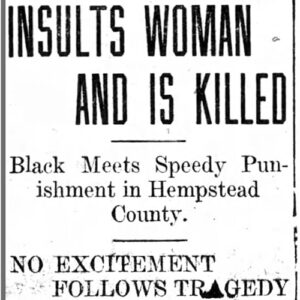 Charles Lewis Lynching Article
Charles Lewis Lynching Article
 Mary Lewis
Mary Lewis
 Mary Lewis
Mary Lewis
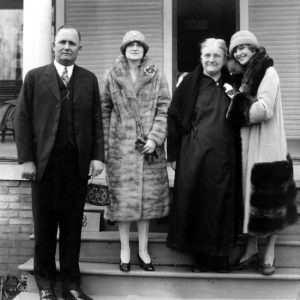 Mary Lewis (right) and Friends
Mary Lewis (right) and Friends
Lewis, Mary Sybil Kidd
Lewis, Sanford (Lynching of)
 Lewis Lynching Article
Lewis Lynching Article
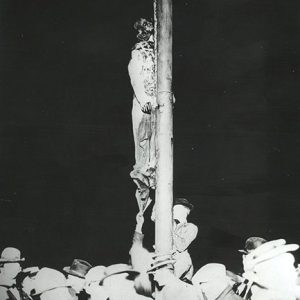 Sanford Lewis Lynching
Sanford Lewis Lynching
 Lewisville (Lafayette County)
Lewisville (Lafayette County)
 Lewisville Speeder
Lewisville Speeder
Liberator, The
Liberty School Cafeteria
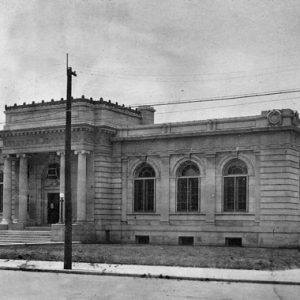 Little Rock Public Library
Little Rock Public Library
Lightfoot, Claude M.
Lighton, Will
aka: William Rheem Lighton
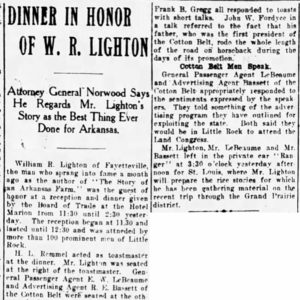 Will Lighton Article
Will Lighton Article
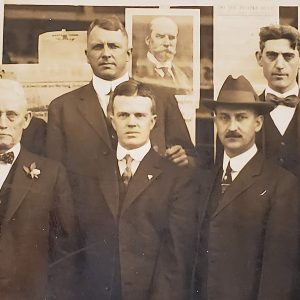 Lily White Republicans
Lily White Republicans
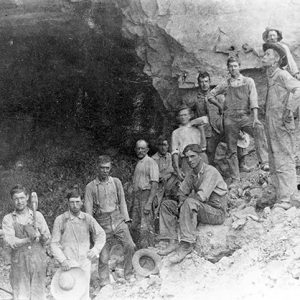 Lime Quarry
Lime Quarry
 Limestone Quarry
Limestone Quarry
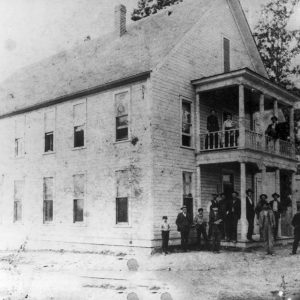 Lincoln Hotel
Lincoln Hotel
Lincoln Avenue Viaduct
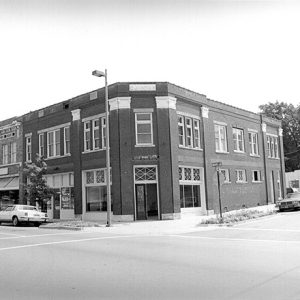 Lincoln Building
Lincoln Building
 Lincoln Building
Lincoln Building
Lincoln Building
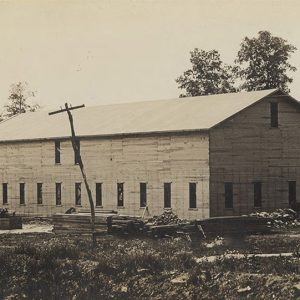 Lincoln Cannery
Lincoln Cannery
Lindbergh Day
aka: Guggenheim Tour
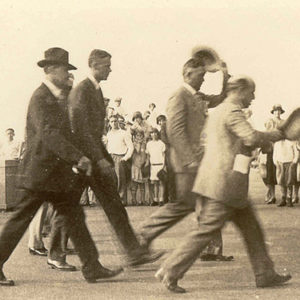 Lindbergh in Little Rock
Lindbergh in Little Rock
 Lindbergh in Paris
Lindbergh in Paris
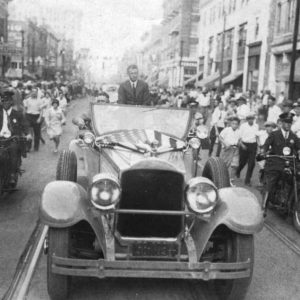 Lindbergh in Little Rock
Lindbergh in Little Rock
 Charles Lindbergh
Charles Lindbergh
Lindbergh, Charles, First Night Flight of
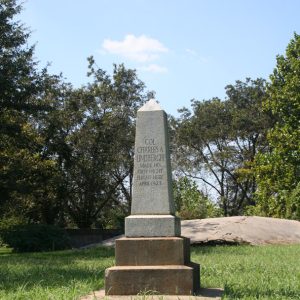 Charles Lindbergh Monument
Charles Lindbergh Monument
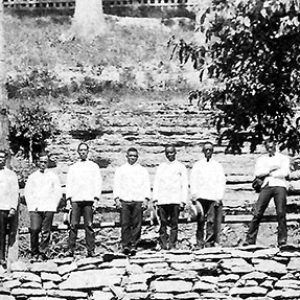 Linebarger Resort Staff
Linebarger Resort Staff
 Clarence Linebarger
Clarence Linebarger
Linebarger, Clarence A.
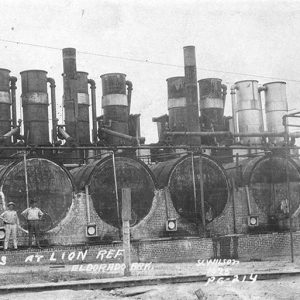 Lion Oil Stills
Lion Oil Stills
Little Africa (Polk County)
Little Buffalo River Bridge
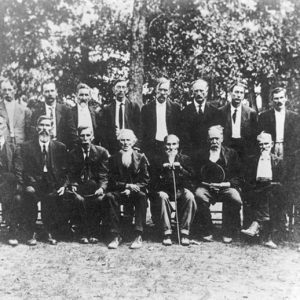 Little Flock Preachers
Little Flock Preachers
 Little Georgia Incidents Article
Little Georgia Incidents Article
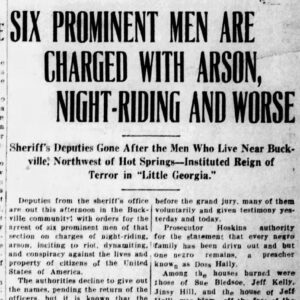 Little Georgia Incidents Article
Little Georgia Incidents Article
Little Missouri River Bridge
aka: Nachitoch Bluff Bridge
Little River County Courthouse
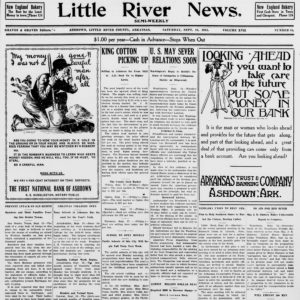 Little River News
Little River News
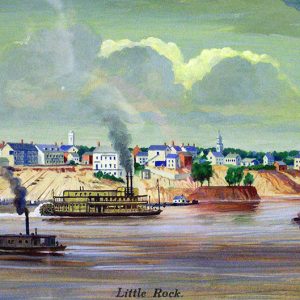 Little Rock
Little Rock
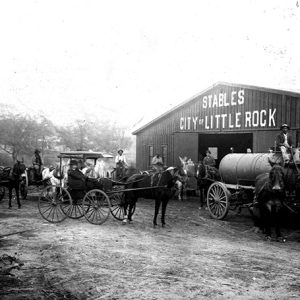 Little Rock Stables
Little Rock Stables
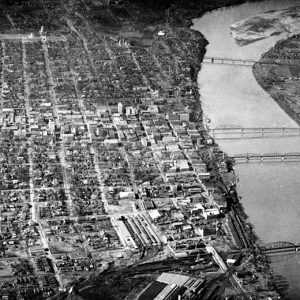 Little Rock Aerial View
Little Rock Aerial View
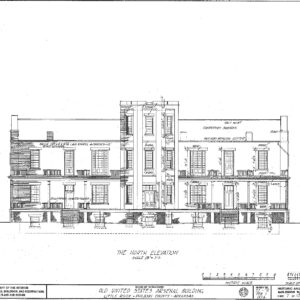 Little Rock Arsenal Plans
Little Rock Arsenal Plans




